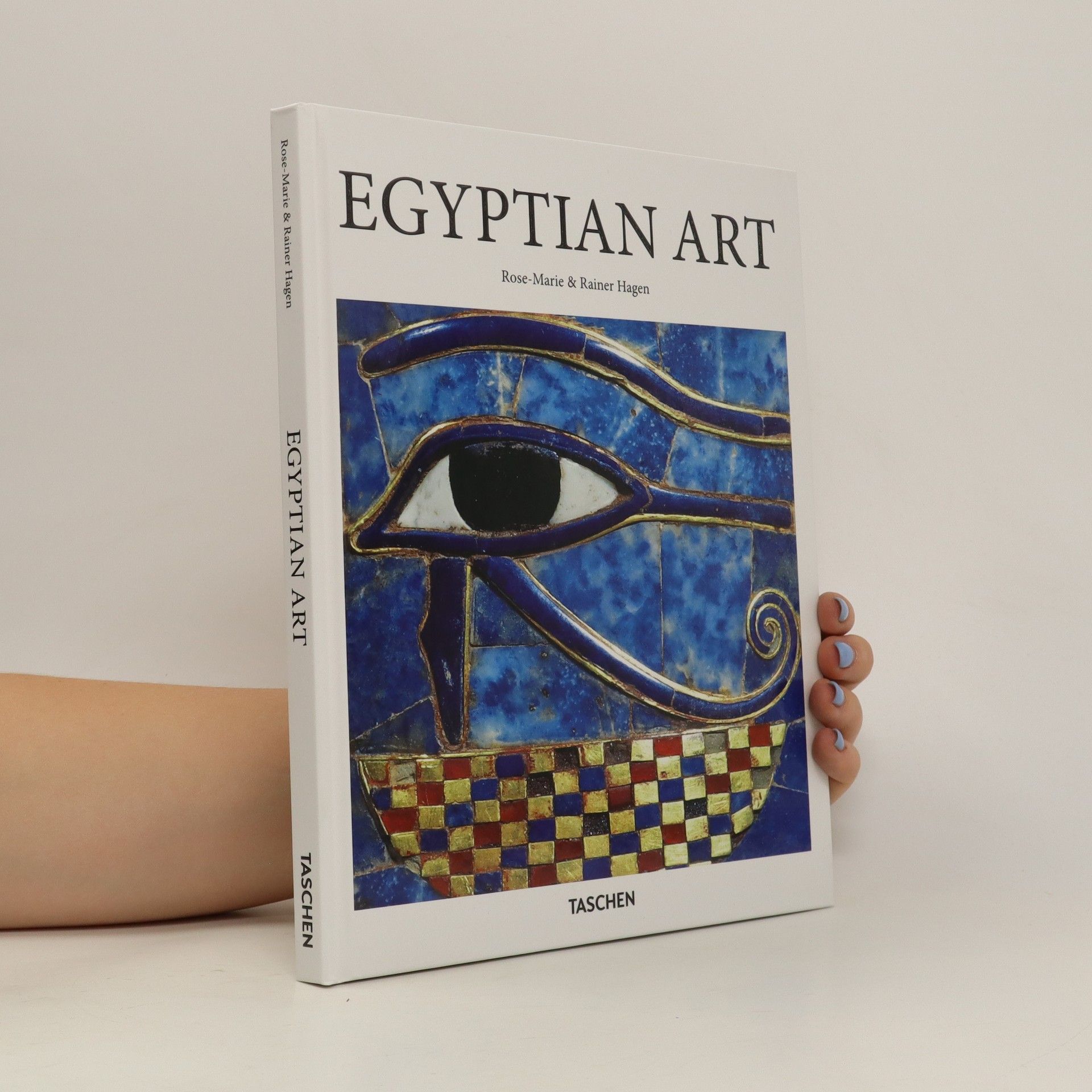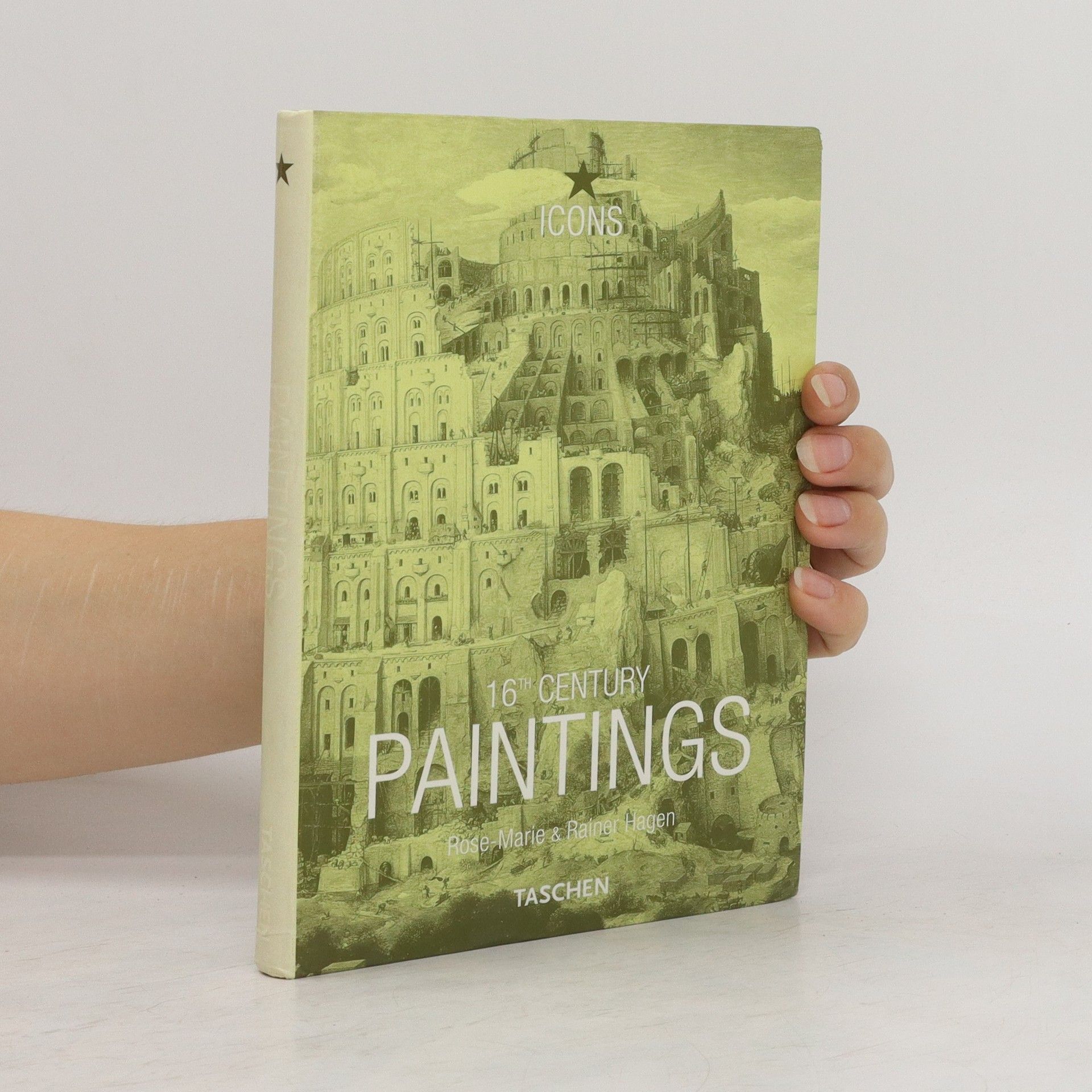Rainer Hagen Libros
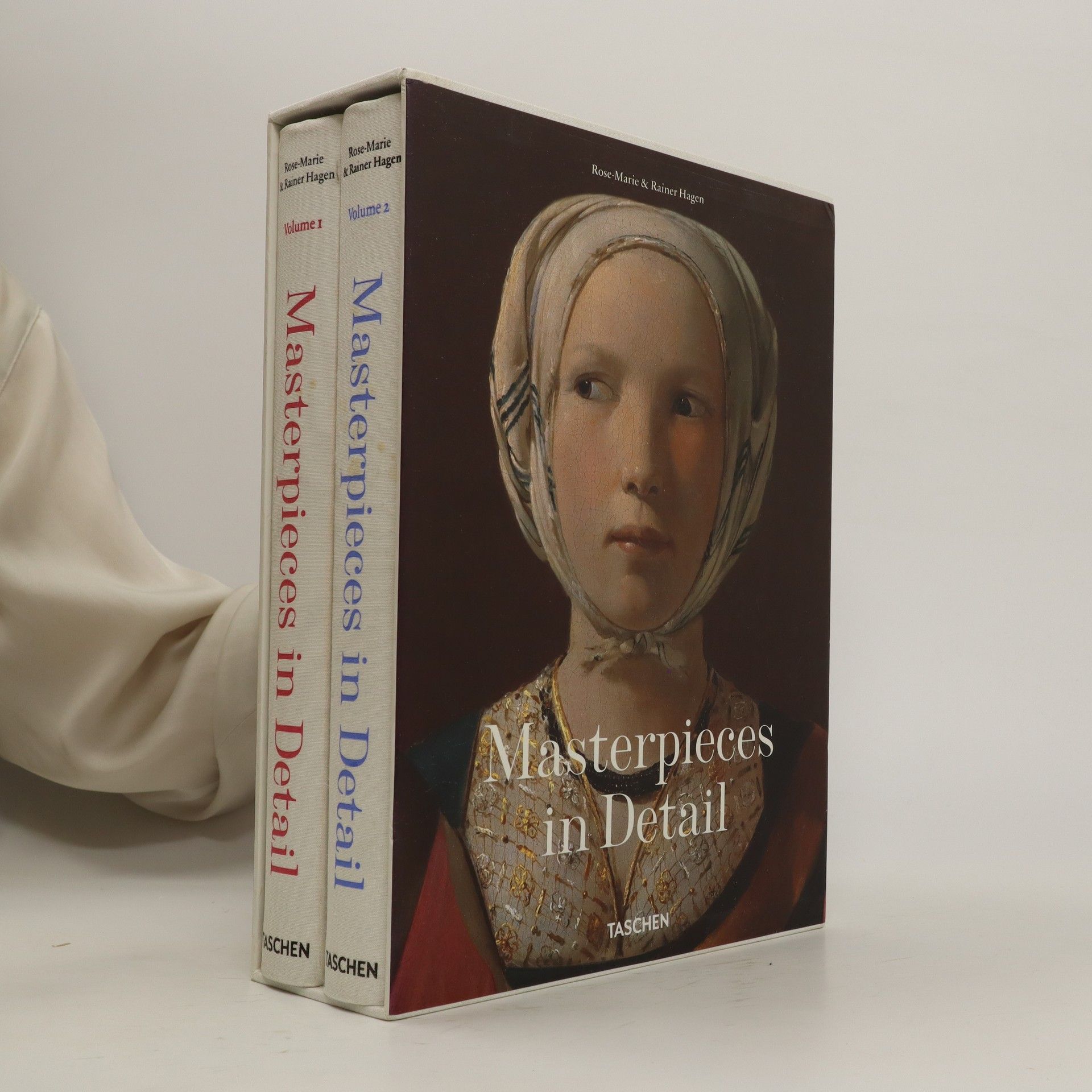
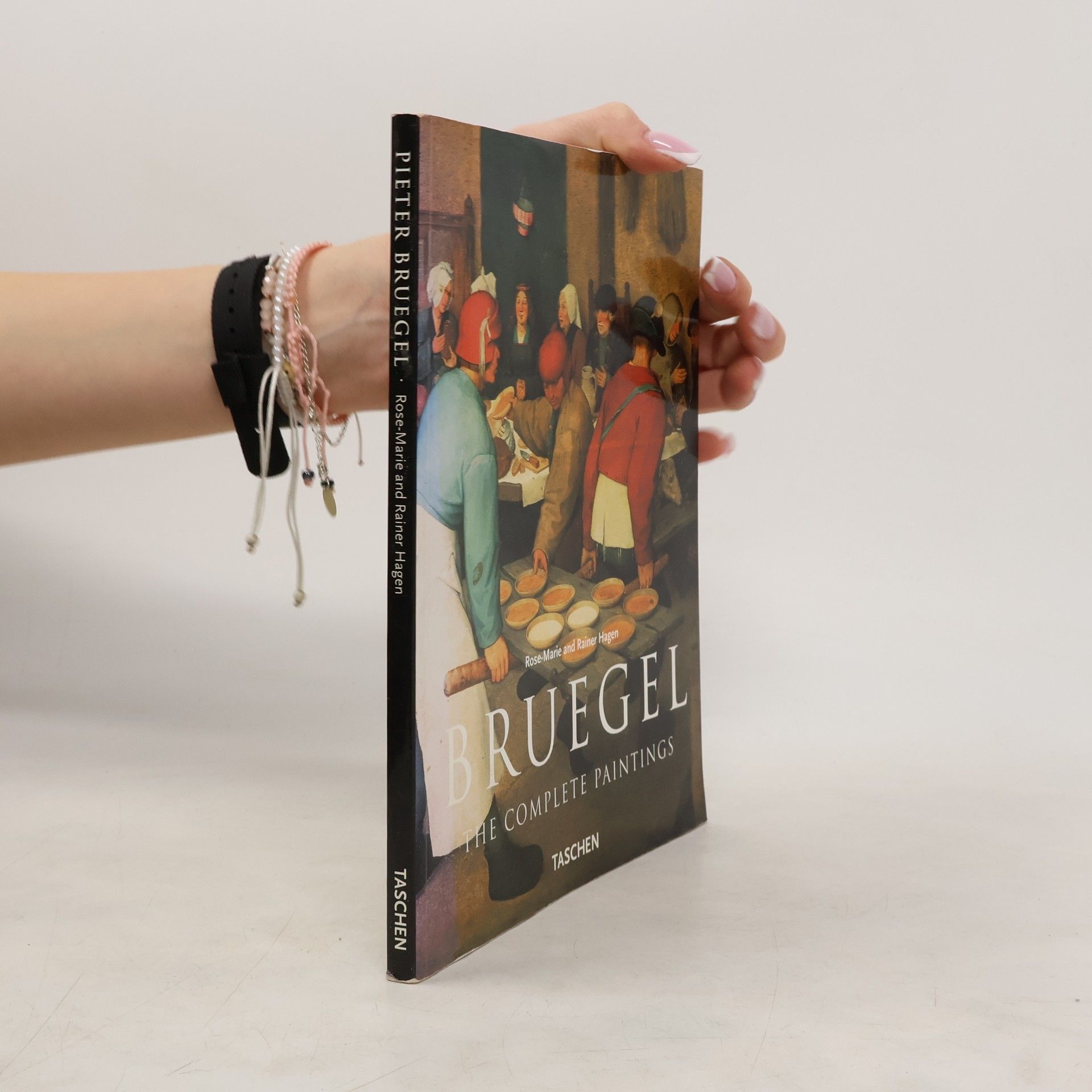
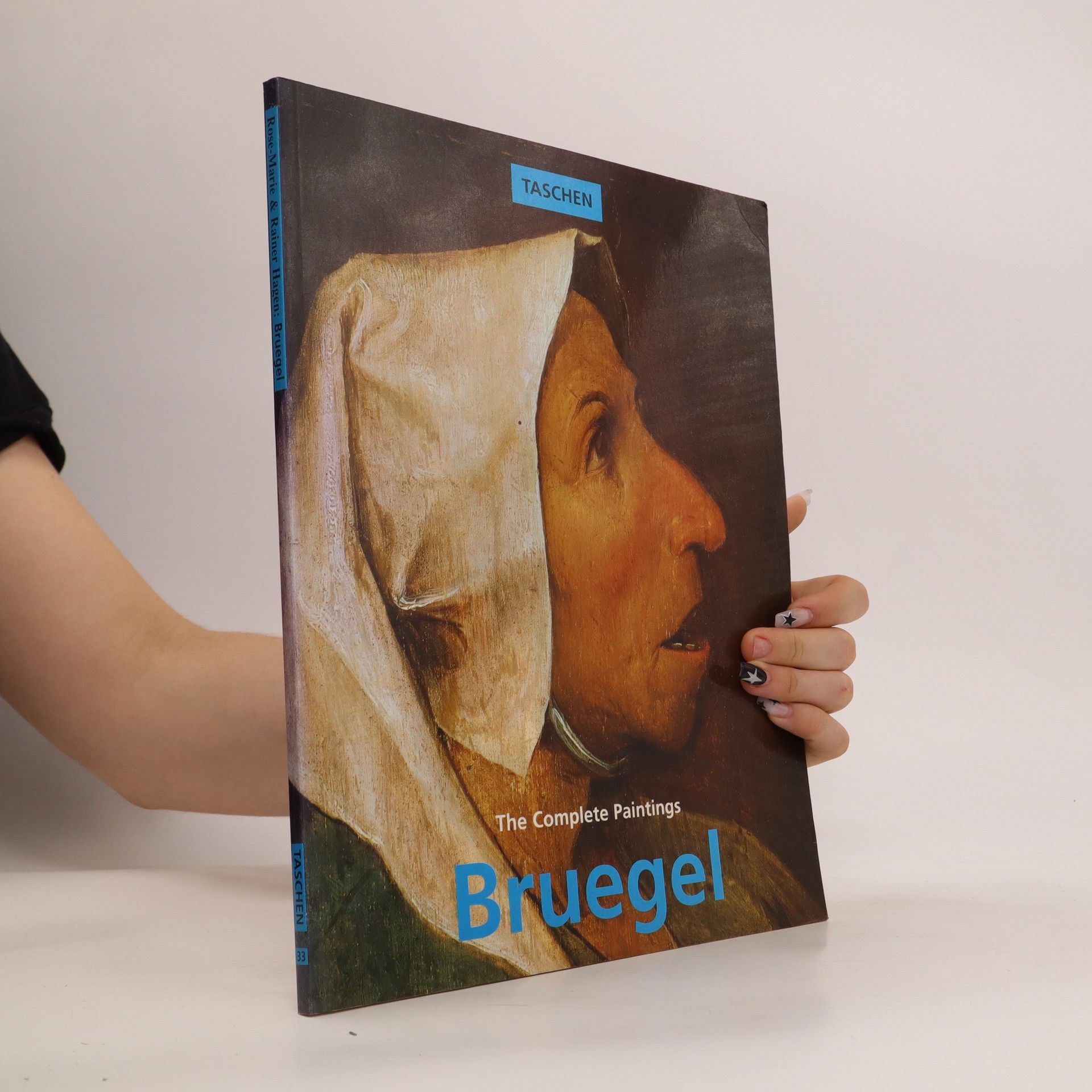
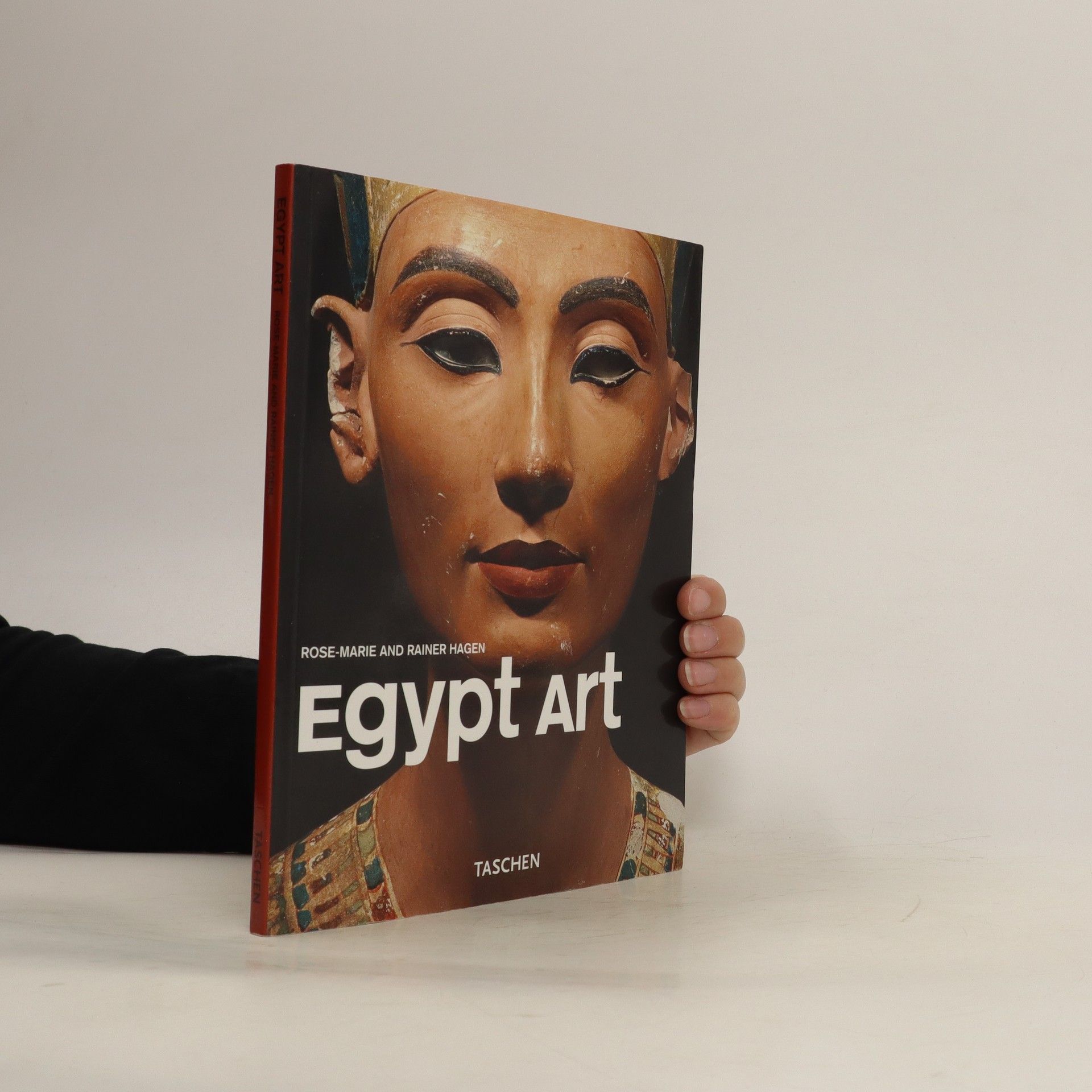
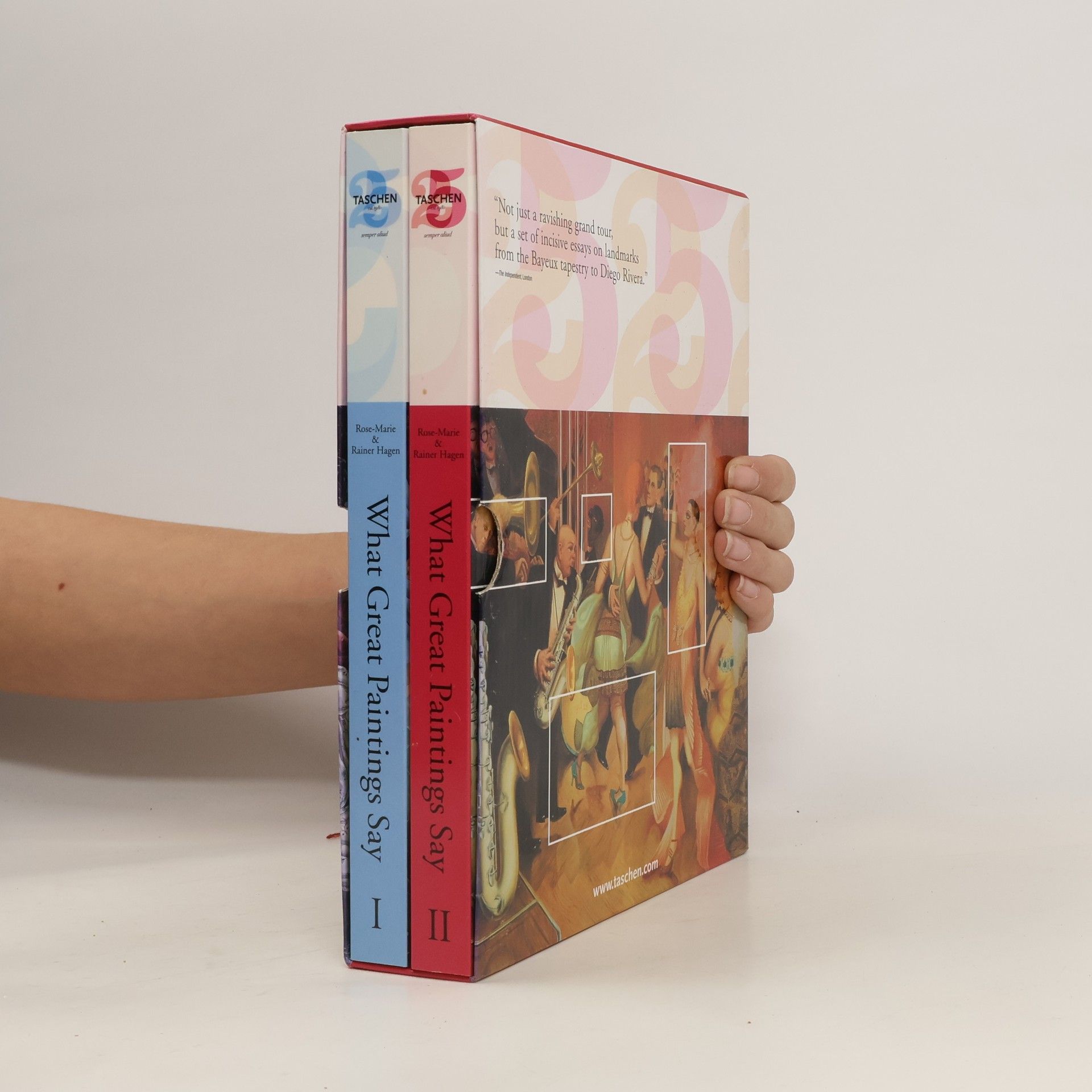

What Great Paintings Say I-II
- 720 páginas
- 26 horas de lectura
Masterpieces under the microscope: from ancient Egyptian papyrus scrolls to 20th century works Did the Greek gods play tennis? What is the ambassador from the land of Alchemy telling us? What secrets are being told on the shores of the Island of Venus? What is a monk doing on the Ship of Fools? What Great Paintings Say has the answers to these and many other burning questions asked about the most important and famous paintings of all time. In two volumes, a selection of history's greatest masterpieces is presented chronologically, including works by Botticelli, Breughel, Chagall, Courbet, Degas, Delacroix, D?rer, Goya, Monet, Raphael, Rembrandt, Renoir, Rubens, Tiepolo, Titian, and many others. Each chapter focuses on one painting, with enlarged details and in-depth texts describing their significance. Taking apart each painting and then reassembling it again like a huge jigsaw puzzle, the authors reveal the history of art as a lively panorama of forgotten worlds.
At a time when artists were still primarily occupied with religious or mythological subject matter, the Flemish painter Pieter Bruegel turned his shrewd eye on everyday ways. This book outlines the artist's account of his society and times, and the relevance that account has for us today.
Pieter Bruegel the Elder, C. 1525-1569
- 96 páginas
- 4 horas de lectura
At a time when artists were still occupied with religious or mythological subject matter, the Flemish painter Pieter Bruegel (c. 1525-1569) turned his eye on the everyday. This title reproduces Bruegel's 45 surviving works, which depict 16th century life in rural or small town communities.
Masterpieces in Detail. Vol. 1+2
- 2 volúmenes
An illustrated history of world-famous works of art, from ancient Egyptian papyrus scrolls to Renaissance paintings, offering insights on artistic and cultural details, such as fashions and lifestyles, loves and intrigues, and politics and people.
What Great Paintings Say
Old Masters in Detail Volume 1
Why should a banker, two actresses and a seamstress meet at a riverside restaurant? What was the Impressionist who painted them trying to capture? And did he have enough money to pay for his lunch? These are the kinds of questions applied to the masterpieces collected in this book. The result is an unusual account of trends and lifestyles of times past as reflected in great works of art.
Egyptian art
- 96 páginas
- 4 horas de lectura
Egyptian art was a sacred, holy art. This world and the next were inextricably connected. The proximity of human beings and gods affected art, led to a unique style, and a canon of rules that retained its validity from the Old Kingdom to the Late Era.
The present volume brings together some of the most important paintings of the 16th century. They offer insights into long-gone worlds, into the sphere of the rich and powerful and into the daily lives of peasants and craftsmen. They uncover the stories and myths that preoccupied them, and their religious and material desires. The authors discuss what we are seeing and provide background information that makes the pictures more accessible. They see each painting not just as a work of art, but also as a document of its day.
What Great Paintings Say. Italian Renaissance
- 96 páginas
- 4 horas de lectura
Awe-inspiring classics become accessible, captivating stories thanks to this investigation into the covert world of Renaissance masterpieces. From Botticelli to Michelangelo, delve into the works of Italian masters like never before. Rose-Marie and Rainer Hagen meticulously dissect 12 key pieces alongside analytical essays and enlarged details...

